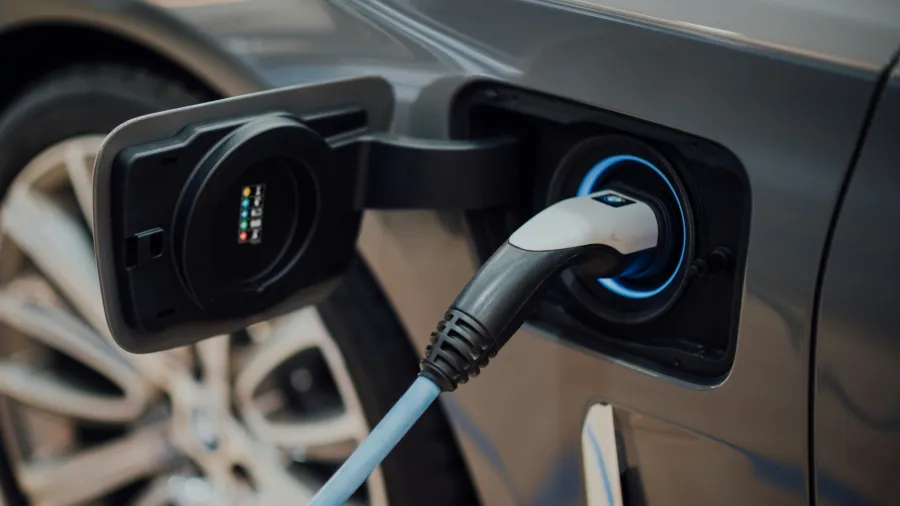
Insurers adapt to EV demands with specialised risk products
EV insurance is estimated to surge $687.62b by 2029.
Electric vehicle (EV) sales are on the rise despite a slowdown in 2023, projecting a 22% annual growth in Asia from 2024 to 2028. They're expected to represent 63% of the 115 million EVs sold globally in the next five years.
The EV insurance market mirrors this growth, estimated to surge from $64.18b in 2022 to $687.62b by 2029.
Challenges loom for the industry, including complex regulatory landscapes such as diverse consumer protection laws, environmental regulations, and safety standards varying by country, said Ichiro Seino in his Marsh insights article. Insurers face crucial concerns amidst this evolution:
- Supply chain disruptions from geopolitical tensions impact automotive companies reliant on global trade.
- Regulatory obstacles to global expansion, including trade agreements and tariffs, along with local labour market risks.
- Increased risks of product recall and liability related to new automotive technologies like lithium-ion batteries for EVs.
- Growing cybersecurity threats targeting interconnected automotive systems.
ALSO READ: Insurance incentives sweeten EV deal for consumers
To maintain competitiveness, insurers can:
- Adapt to regulatory changes by aligning policies with industry standards.
- Offer specialised insurance products tailored to EV industry risks.
- Provide risk management services and incentivise safety technologies.
- Utilise data analytics and telematics to personalise insurance coverage.
Acting now is essential for insurers to gain a competitive edge, access valuable data, and tailor insurance solutions, Seino emphasised. Collaboration with manufacturers, technology firms, and regulators is crucial for staying abreast of industry developments.

















 Advertise
Advertise








